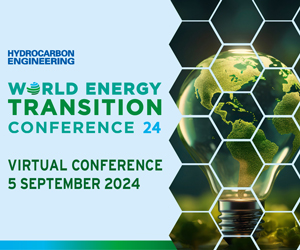In December 2024, Australia reached a critical milestone as renewable energy took a record share of its energy supply. At the same time, coal generation fell for the first time below the 50% mark. At the heart of this progress, renewable energy sources constituted 46% of the national energy mix, helping to drive down overall emissions and their intensity to unprecedented levels. Driven by strong demand due to higher-than-average temperatures, this breakthrough highlights a shift that could significantly transform the Australian energy landscape.

Renewable Energy: An Unprecedented Momentum in Australia
Recent statistics show a significant advancement in the share of renewable energies in Australia’s energy supply. During the last quarter of December, their share reached an unprecedented level. This shift is primarily due to the increase in the production of solar and wind energy. The underlying energy demand has increased due to higher-than-average temperatures, making the importance of renewables in meeting this pressure more than notable.
Impact of Renewable Energies on Emission Reductions
With renewable energies accounting for 46% of the energy mix, carbon emissions have reached historically low levels. According to the report from the Australian energy market organization, emission intensity has decreased significantly. This reduction underscores the importance of transitioning to sustainable energy, which helps reduce our ecological footprint. During peak periods, renewable contributions even reached over 75%, steering countries towards new records of low emissions.
A Trend Encouraged by Innovation and Investments
This progression of renewable energies has been facilitated by technological innovation and increased investments. Solar panels on rooftops and large-scale solar installations have achieved record production levels. These developments continue despite some challenges related to the reliability of non-renewable energies, particularly coal. Energy developers are constantly seeking to strengthen the infrastructure to improve the resilience of the electrical grid and ensure a competitive and stable energy cost for all users in the future.
Articles similaires
Thank you!
We will contact you soon.














